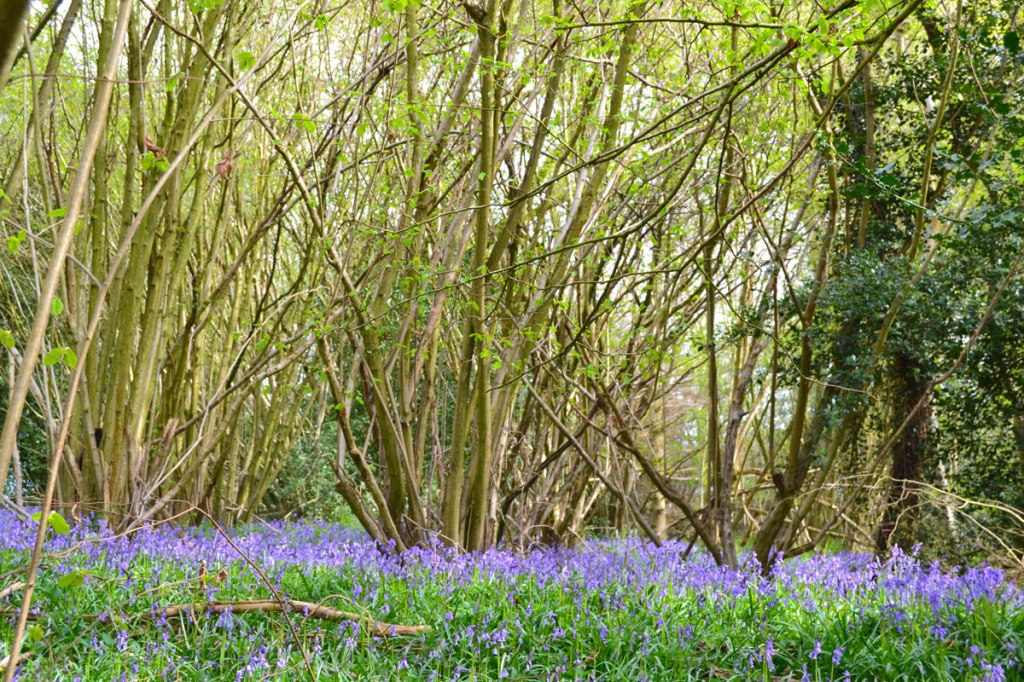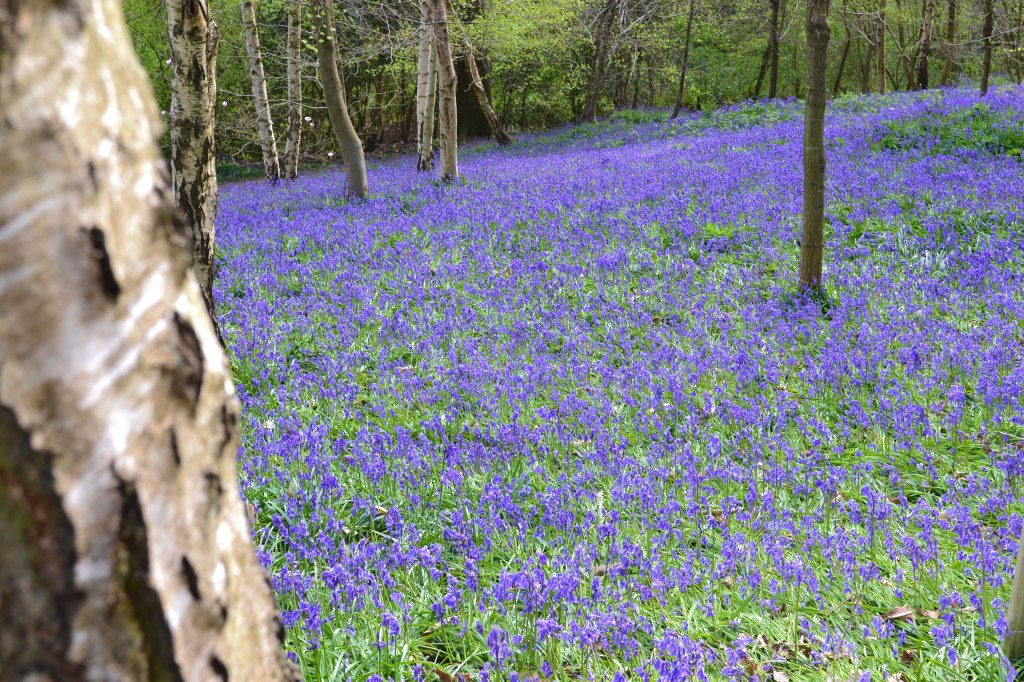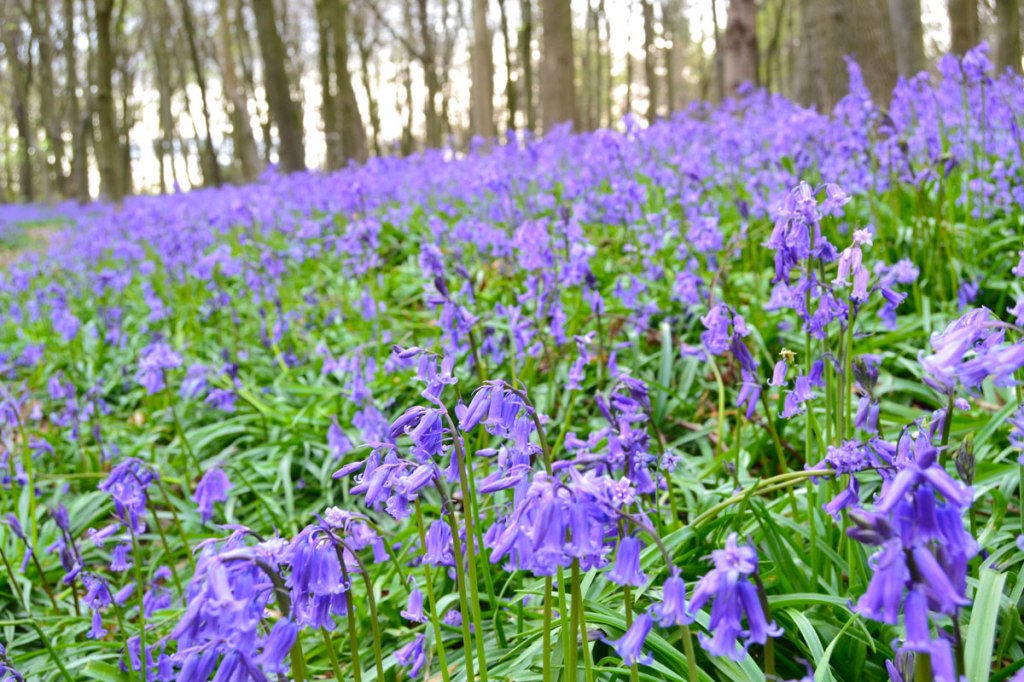Hello! I think they’re a little late this year but it’s fair to say the cobalt carpet has finally spread its magic in many of the woods covered in the KWNL area. Bluebells are now almost fully out on the North Downs chalk hills walks such as the Cudham stroll (in New Year’s Wood particularly), and Meenfield Woods on the various Shoreham circular and Polhill routes. Further south the Greensand Ridge walks at Underriver, One Tree Hill, Ide Hill (perhaps the best bluebells), Oldbury and Hosey Common are awash with blue. Closest to south-east London, Beckenham Place Park, High Elms and Petts Wood-Hawkwood Estate (in the lower, damper parts) has several swathes too. The Downe walk mk1 doesn’t have a lot of bluebell action en route but a quick diversion down to Downe Bank (the west side of the Cudham valley) from point 3 or at the start of the walk should see you in the magical blue realm. Following the Downe Mk2 walk will be kind of blue too, particularly at Downe Bank and Blackbush and Twenty Acre Shaw woods. I’m sure there are loads on the Hever walk too but I’ve never been on that stroll at this time of year so can’t vouch for them. The Chiddingstone route doesn’t have many bluebells I can confirm, not that this detracts from the superb stroll. (Pictured below: from 2022 and 2021 bluebells at New Year Wood on Cudham walk; Meenfield wood, Shoreham circular/Polhill routes; Ide Hill route)
Anyway, here are some bluebell factoids gleaned from an excellent article with far more detail called Bloomageddon: seven clever ways bluebells win the woodland turf war at The Conversation website.
- They are uniquely adapted to suited the multispecies ancient woodlands of the UK
- Low temperatures trigger their growth (but might delay their blooming if in April). Bluebell seeds germinate when the temperature drops below 10°C.
- Bluebells predominantly convert sunlight into fructose allowing them to photosynthesise at low temperatures.
- They are supreme competitors with other plants, allowing them to carpet woodland floors. But they get help in the form of mycorrhiza, a symbiotic fungi.
- Almost half the world’s bluebells are found in the UK, they’re relatively rare in the rest of the world.
But please be careful never to tread on any; it takes bluebells years to recover from damage. Digging them up – surely no one visiting this site would consider such a thing – is illegal, and please don’t let dogs trample them either – keep them on the lead.













Pingback: The inaugural ‘Bluebells of north-west Kent’ award goes to … – Kent walks near London
Pingback: Sand, clay, chalk and bluebells – Kent walks near London
There are lots of bluebells on Mariners Hill (near Westerham) at the moment.
LikeLike
Thanks John, yes… that’s a good place. On both the Hosey and the Westerham walks
LikeLike